I have been a licensed amateur radio operator for just under a year now. I got my license primarily for emergency communications; especially when off-roading, camping, and exploring. We explore in may areas that have little or no cell phone coverage, and radios can work in many situations when cell phones can't. Not to mention, during emergencies cell phones have proven to be unreliable due to limited 'channels' and a fragile infrastructure.
On the 4th weekend in June each year, amateur radio operators in the Us and Canada get together with their clubs, groups, or just friends and participate in "Field Day". Field day is an event where amateur radio operators (also called "hams") set up in remote locations (as opposed to in their homes), and demonstrate Amateur Radio to the public. They set up in parks, campgrounds, community centers, and other public places.
Often demonstrations are given, and many clubs set up "Get On The Air" (GOTA) stations where the public or other ham operators can use equipment, under the supervision of a licensed operator, and experience Amateur Radio for themselves; often communicating with people in other states or even countries!
As I received my license in July of last year, this was my first Field Day. My son (who just got his license a few days before Field Day) and I decided to join our friends in the Land Ops club who where invited by the Big Bear Amateur Radio Club (BBARC) to set up a display at their Field Day site in beautiful Big Bear, California. BBARC had set up several stations and conducted operations on multiple HF bands, making contacts across the country and into Canada; scoring points in the 'informal' Field Day contest (I say 'informal' because the rule book for the contest is 6 pages long). The contest counts points for every contact your field day station makes, has multipliers for things like running 'low power' (5x for running 5 watts or less, 2x for staying under 150w), running on emergency power (not on commercial power), battery power (no generators, solar and wind OK), and various bonuses like points for having a GOTA station, points for having an educations activity, points for getting media publicity, or having a government official visit your station... most of the bonuses are in the 100 point range, so the contest is really more about promoting effort in setting up your Field Day operation, and connecting with the public. Setting up an educational activity (a soldering workshop, for example) is equivalent to making 100 contacts.
We arrived at about 9:30am and the Field Day operation was already in full swing. Land Ops had videos of our previous adventures running, as well as an APRS (Automatic Packet Reporting System) station set up. They also had a VHF/UHF field station set up where they where monitoring our 'simplex' frequency as well as the Big Bear Club's repeater. The field box had an HF rig as well, but it was not set up as BBARC asked us not to transmit on HF while they where conducting contest operations. Land Ops had a small generator, but ran all day on solar and batteries (I believe).
The BBARC had 4 HF stations set up, using 20M and 40M simple wire dipole antennas, and a telescoping antenna (running on 20M, I believe. Maybe it was 10M).
Conditions for Field Day where not great this year (HF propagation varies with the solar cycle, solar activity, and others factors), but it seems they where making a fair number of contacts...
Not really participating in the 'contesting' portion of Field Day, Land Ops took a more adventurous approach (as we are known to do) and decided to set up a mesh networking demonstration. Our "Special Comms" guru Russ took a small group out to set up a remote node on the other side of the lake.
They found a location up the the woods and got to work setting up.
A 5Ghz link was established between basecamp and their remote location about 6 miles away.
They set up a web cam and we where able to connect to it view the camera, and control it's Pan-Tilt-Zoom functions from base camp. It is pretty cool to see how quickly a remote, battery and solar powered network can be up and running. Russ used a similar set up durring our Desert Op to establish a VoIP telephone network in the middle of nowhere!
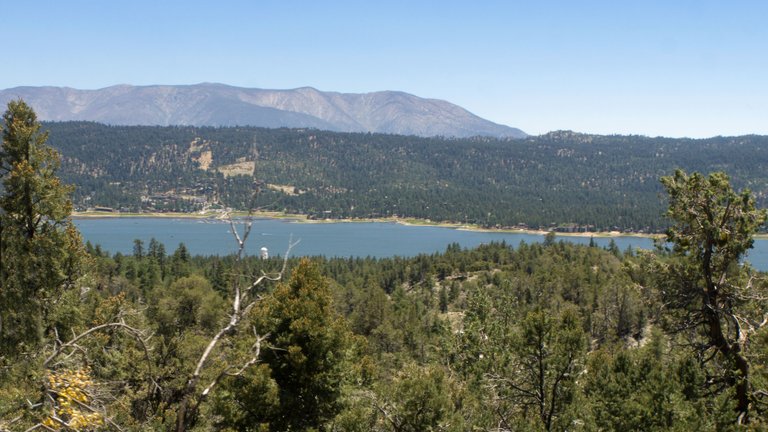
As the afternoon pressed on, We decided to go into town for a quick bite to eat, and then visit the Citrus Belt Amateur Radio Club (CBARC) on the way home. Unfortunately I didn't take any pictures all day so there are none of our visit there. (Thanks to Greg and Dale for use of their images of the Land Ops event).
CBARC was set up in Crestline, CA and had a pretty awesome location. Lots of flat ground, Trees, and a nice cool breeze. We walked around and checked out what everyone was doing. The 40M station seemed pretty active, but most other stations where quite and seemed to be taking a mid day break. One other station that was active was the digital station. Kris was running a relatively new digital protocol called FT-8 and was happy to share information about it and demonstrate its capabilities with my son and I. FT-8 is a fascinating 'weak signal' digital mode. It is capable of deciding signals as far as -20dB, meaning it can (in theory) decode signals that are at or below the threshold of human hearing! We sat and talked with her until the sun finally came low enough to peak under the canopy of the RV we where next to and start roasting us. It was late afternoon/early evening at this point and Kris was ready to break down, and Ivan and I where ready to head home.
As this was our first Field Day we didnt really know what to expect, so we went into it with the goal of learning as much as we could, and trying to figure out how we want to participate next year. I'm glad it is a year away, because it is going to be hard for me to come up with a plan that doesn't just include ALL THE THINGS! We are considering a 2-man mountain top remote QRP (<5Watt) solar powered station that will include digital (probably FT-8, hopefully they will have a 'field day mode' next year to address some of the issues).

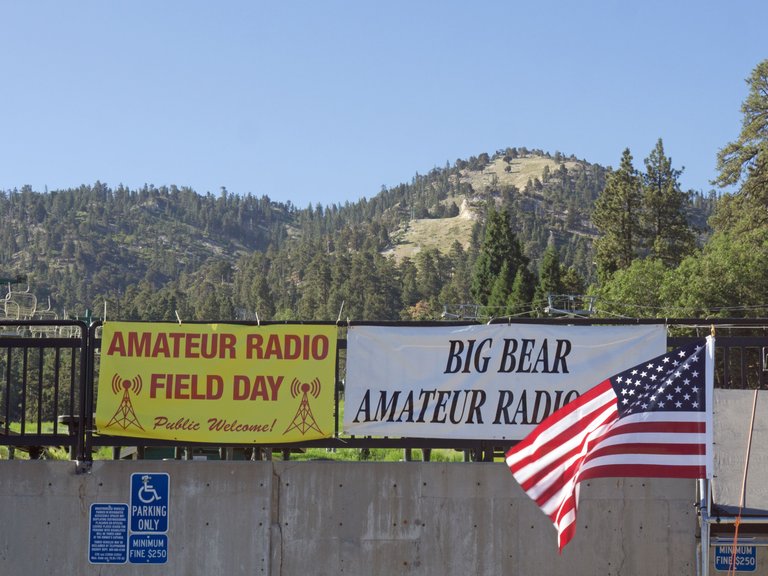
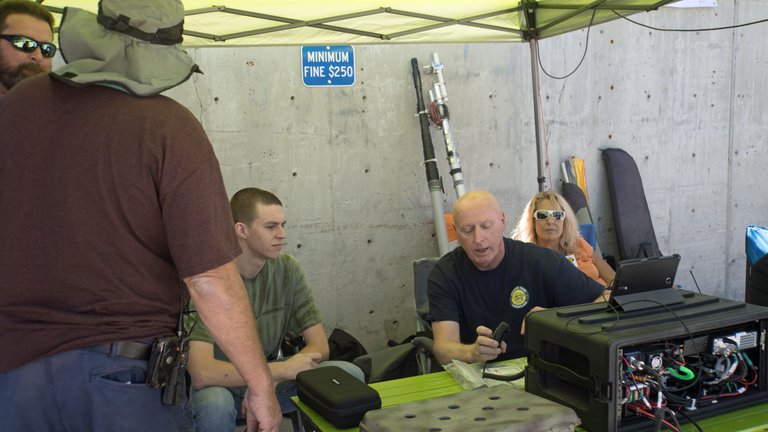
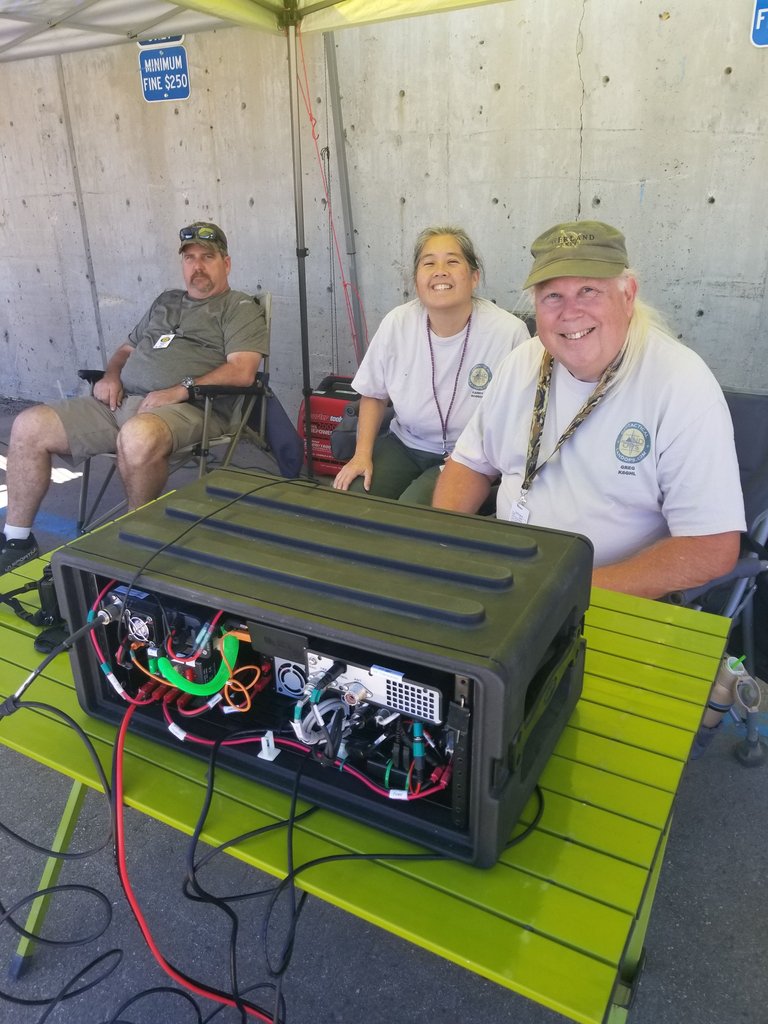
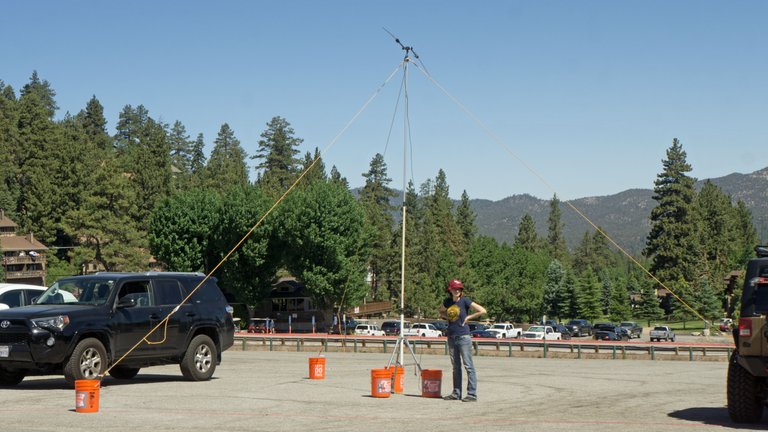
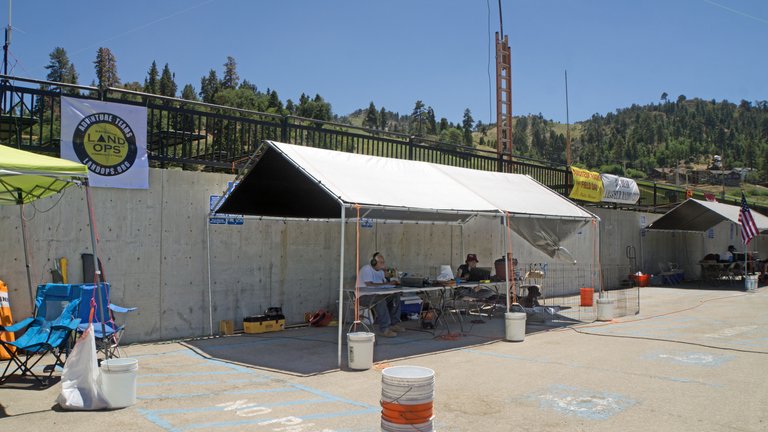
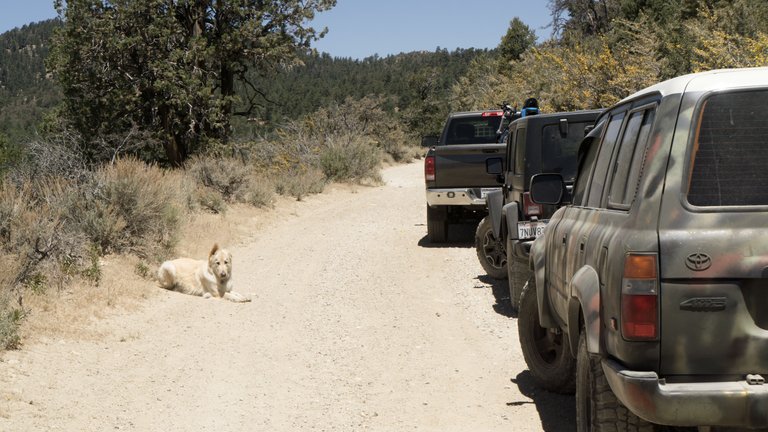
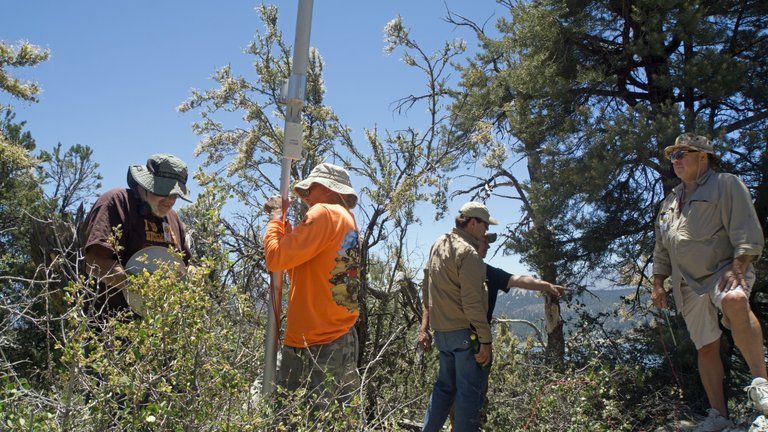
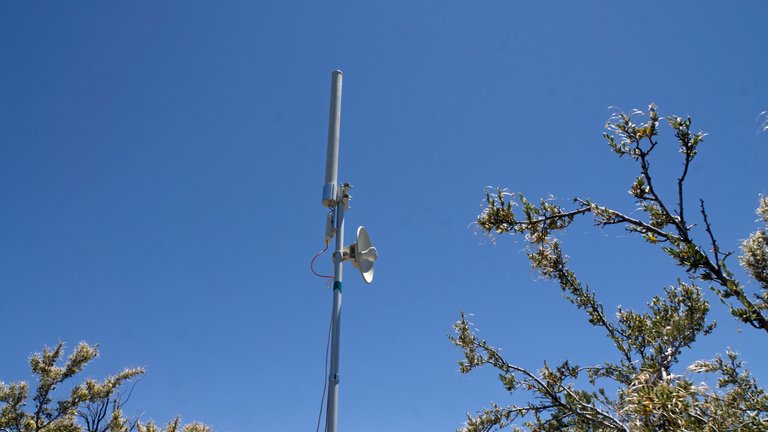
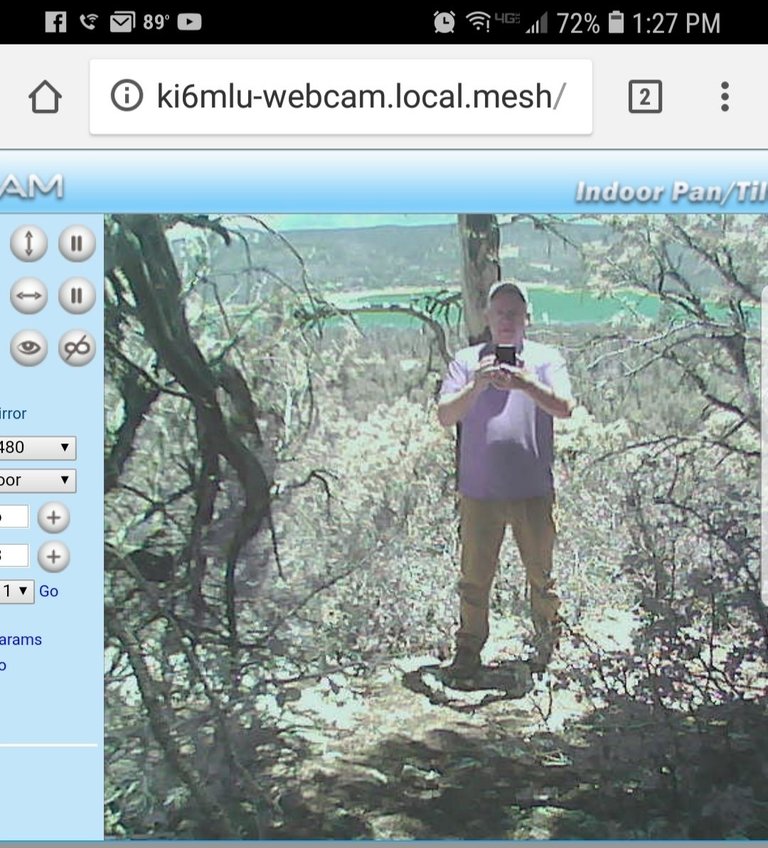
Thank you so much for being part of the #socalsteemit community.
Looks like a great time in Big Bear! Thanks for sharing!
Congratulations, Your Post Has Been Added To The Steemit Worldmap!
Author link: http://steemitworldmap.com?author=mattlovell
Post link: http://steemitworldmap.com?post=amateur-radio-field-day-2018
Want to have your post on the map too?
Hi Matt,
I've been licensed since March this year and loving every second here in VK7. Just thought I'd say hello and I must agree with you when you say Field Days are enjoyable. We recently had our VHF/UHF Winter field day which I spent most of the day on a small summit near my QTH with nothing but a handheld dual band Zastone and managed quite a few contacts. May I ask what your current setup is?
Thanks for dropping by
My current rigs are:
HT (handheald): Baofeng UV-5R with a Nagoya 771 antenna. Not the best, by far... but cheap.
Mobile: Kenwood TM-D710G with a Comet SBB5 antenna on the roof rack. This performs MUCH better than the HT, even with the HT connected to the same antenna.
I'm still looking for a base/portable HF setup. I want something 'portable' because I participate in a lot of outdoor activities and would like to be able to field deploy my HF rig.
what is the farthest station you where able to contact during the VHF/UHF field day?
Hi Matt,
There's nothing wrong with the Baofeng and Nagoya. I've currently got a Zastone ZT-501 with a Nagoya 771 antenna. The fellas at the club didn't believe me when I told them I only spent AUD$32. I'm yet to get myself a HF rig as well. I've currently got a Yaesu FT-847 I'm lending from another amateur who has since told me he'd consider an offer. Not sure though as I need to assess my personal finances. The Yaesu works quite well connected to my 9:1 unun transformer connected to a random length wire.
My longest contact in the VHF/UHF field day was 39km (~24 Miles) with the average distance being 24km (~15 Miles). I'm quite proud of my effort considering I had only be licenced for about 2 months. Especially considering I was using the Zastone with only a whip.
Have you had an experiment with working the FM satellites?